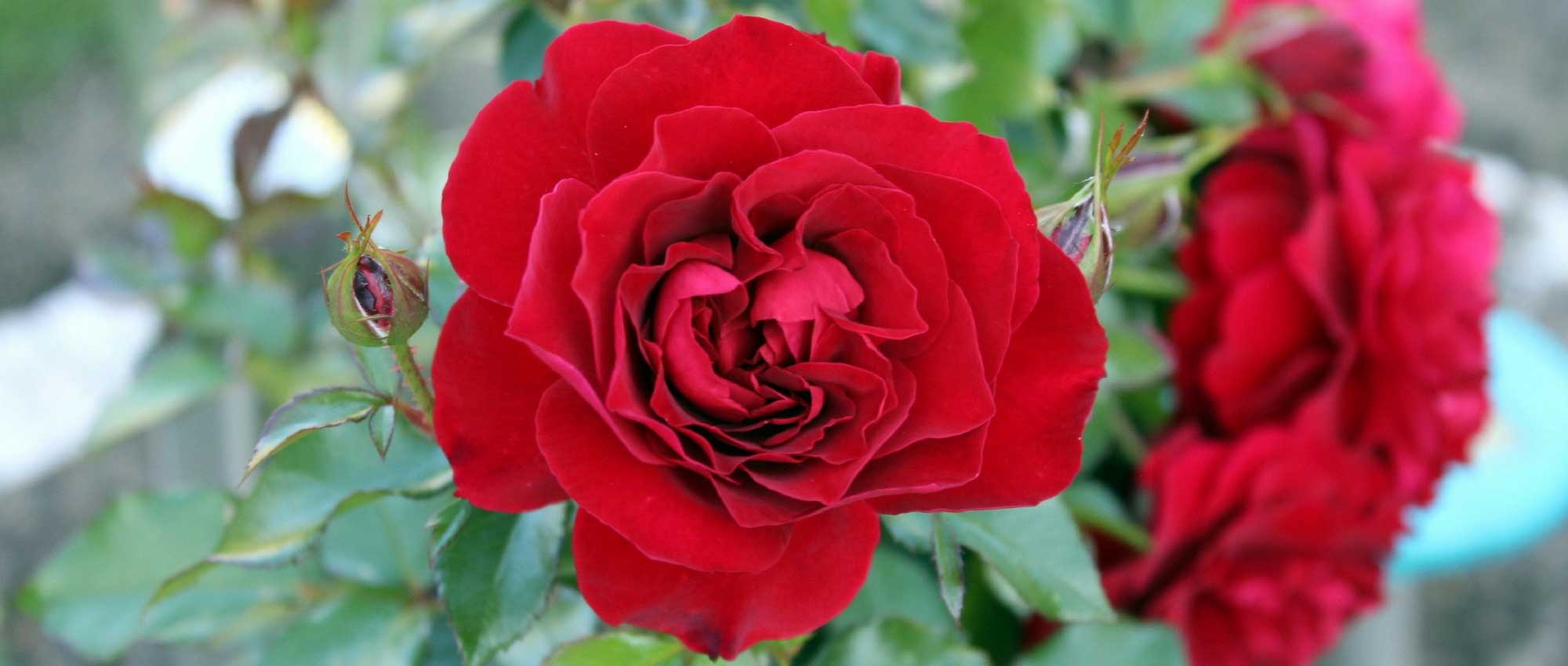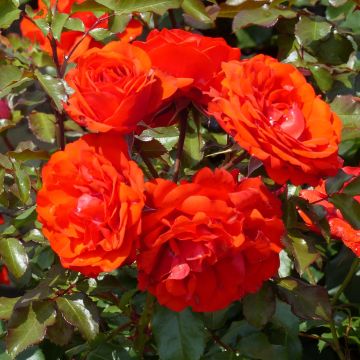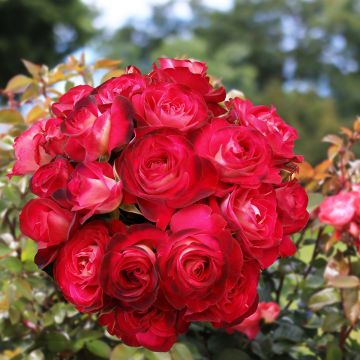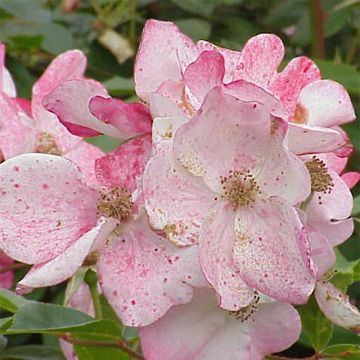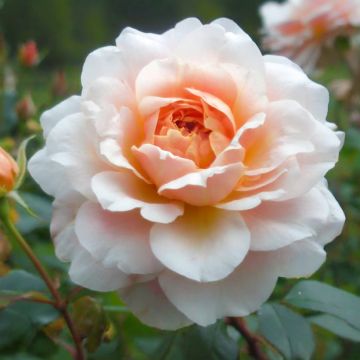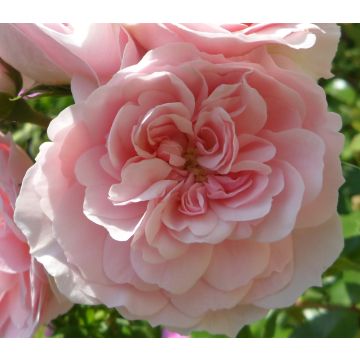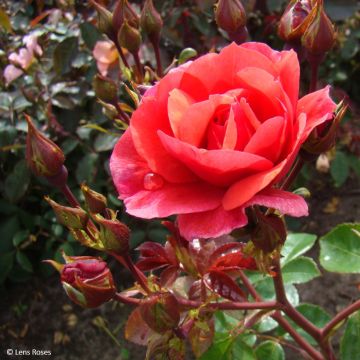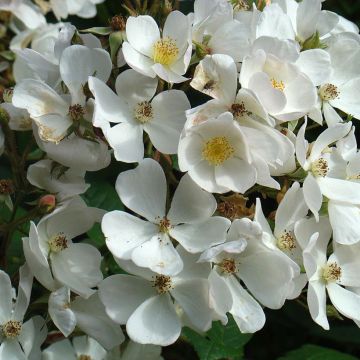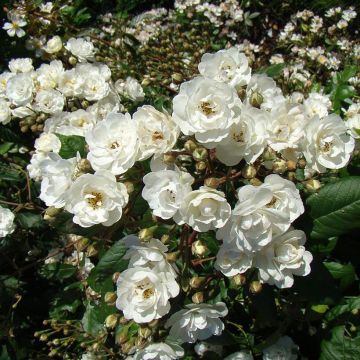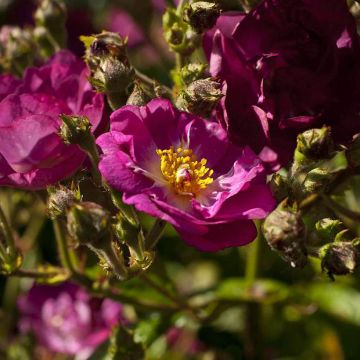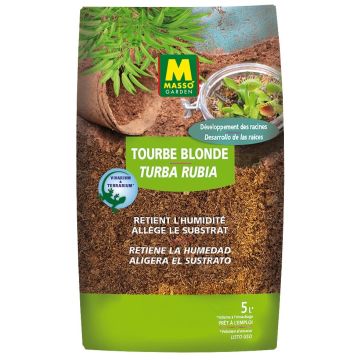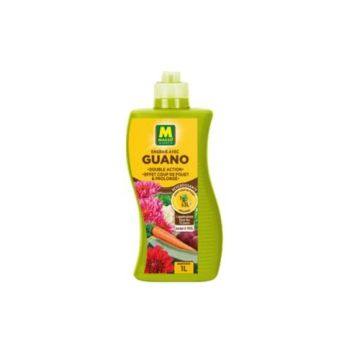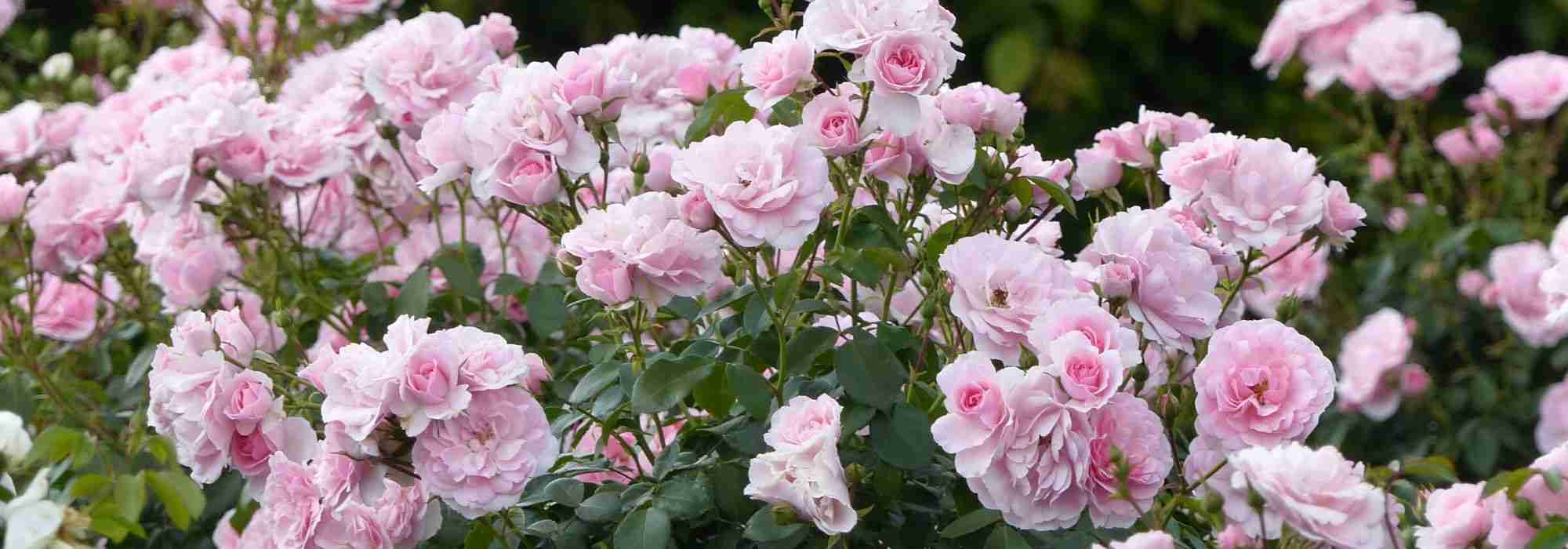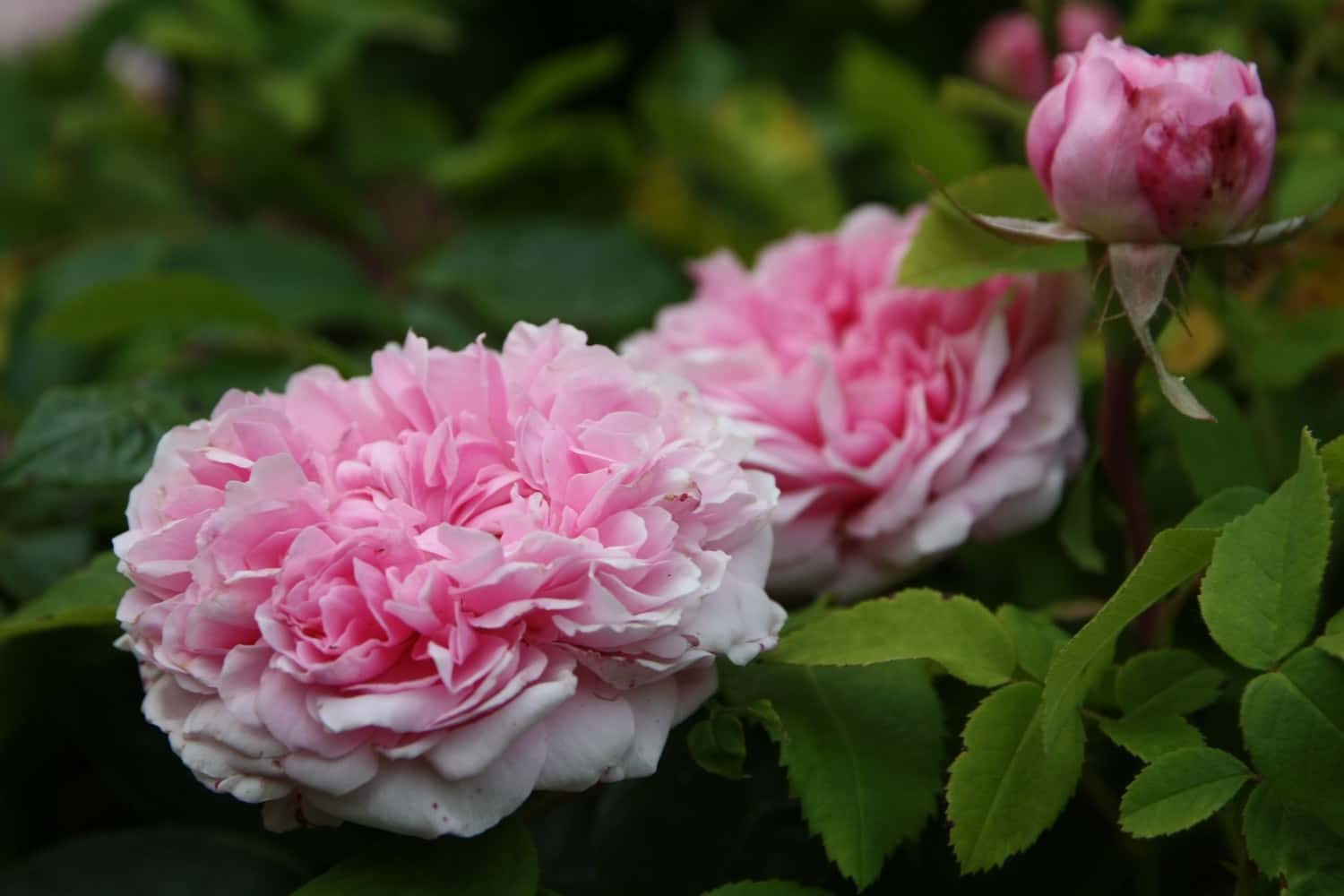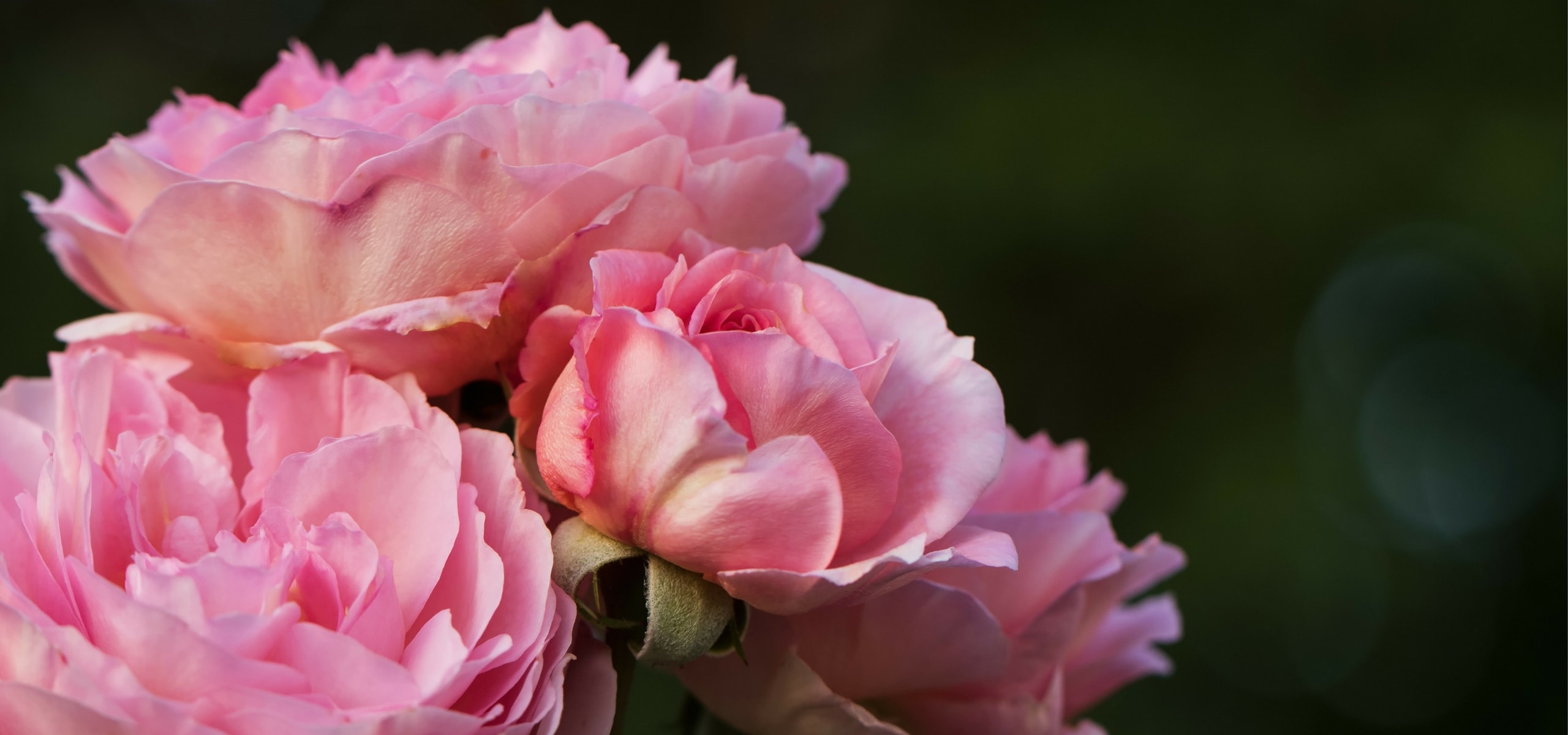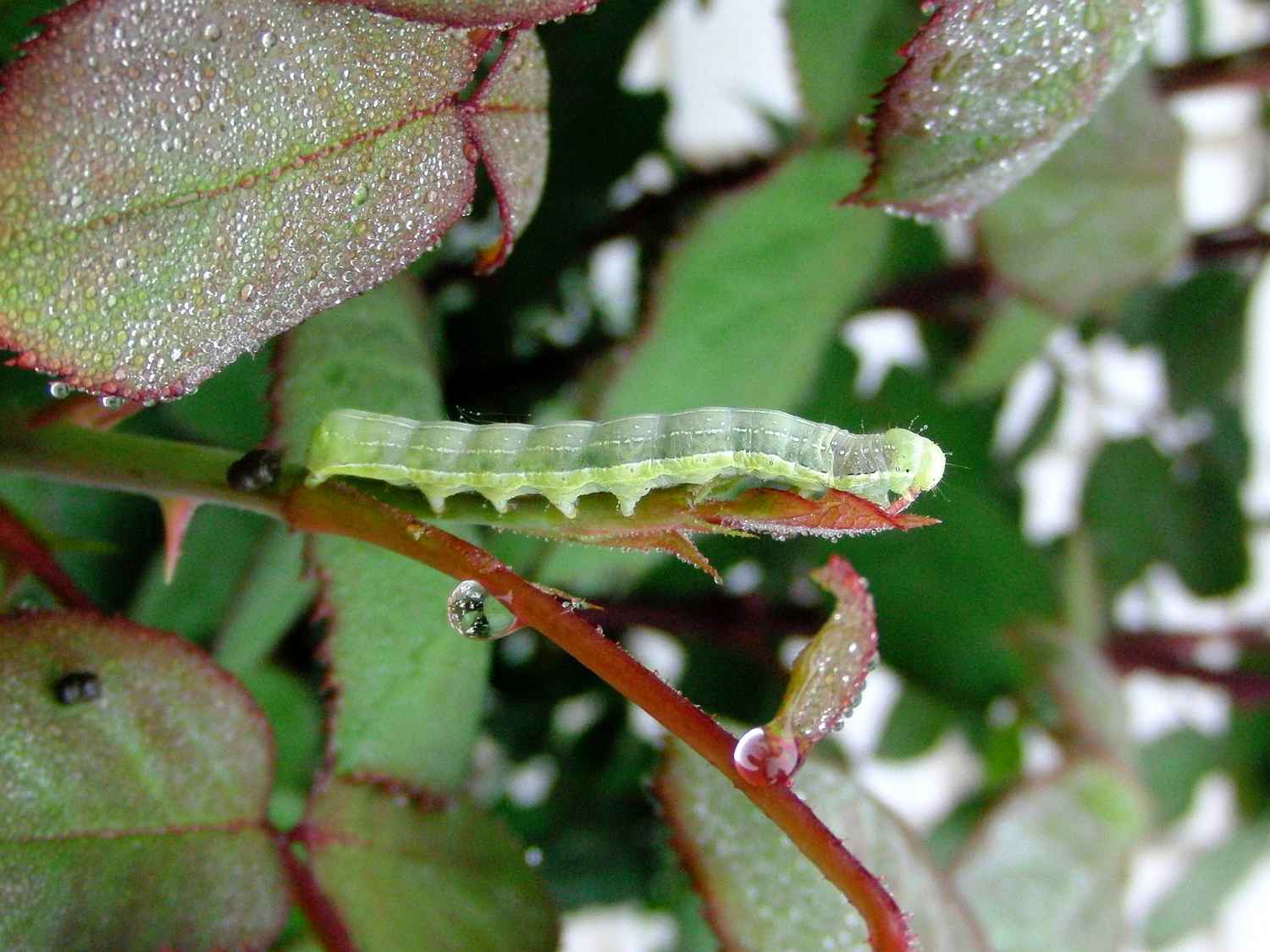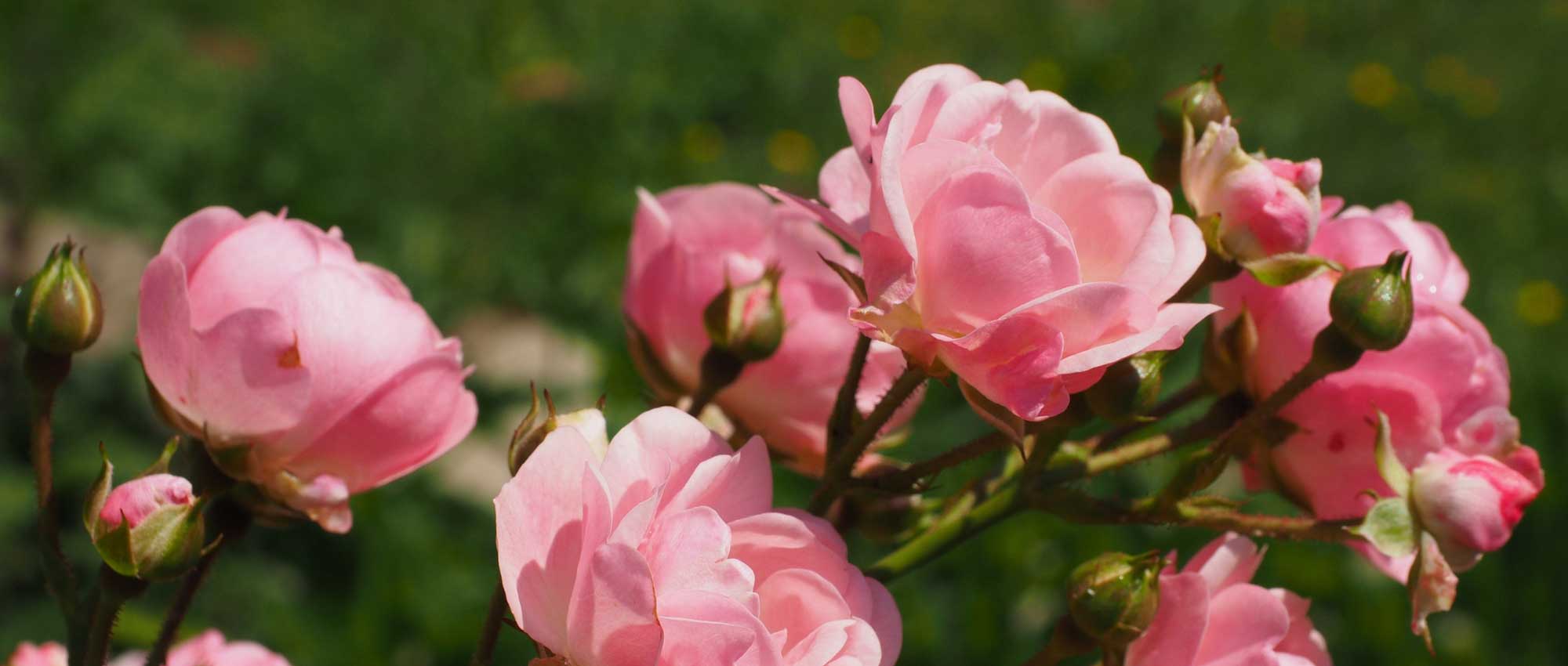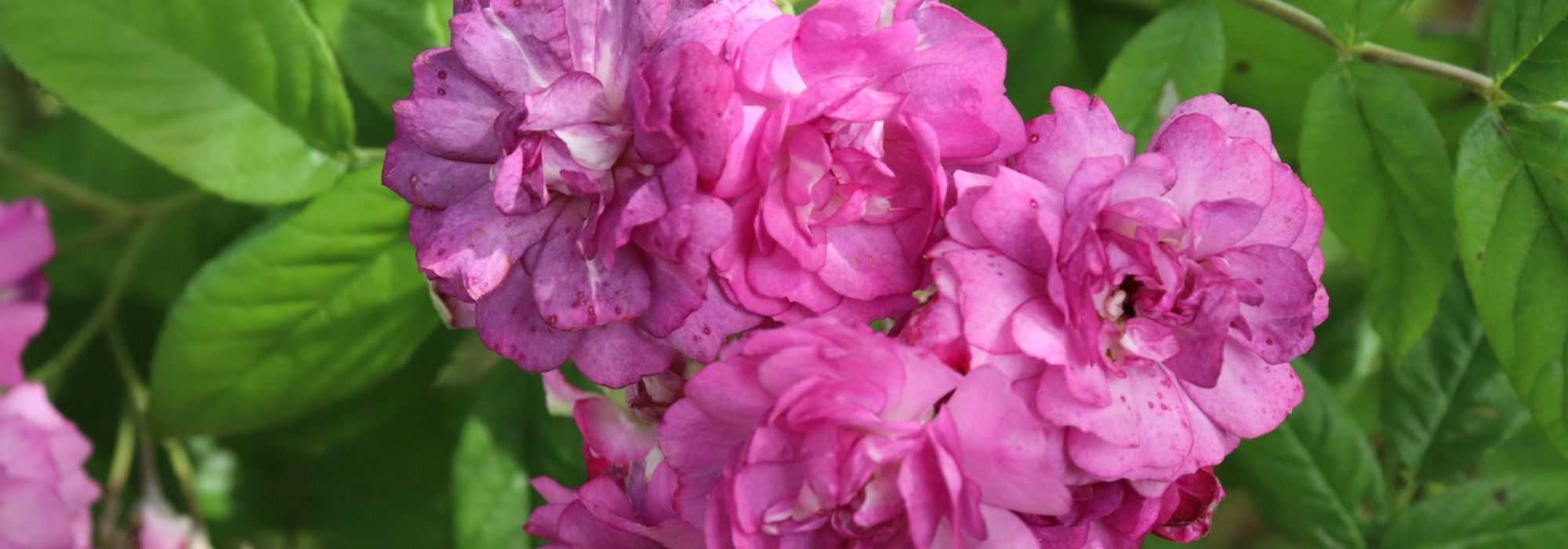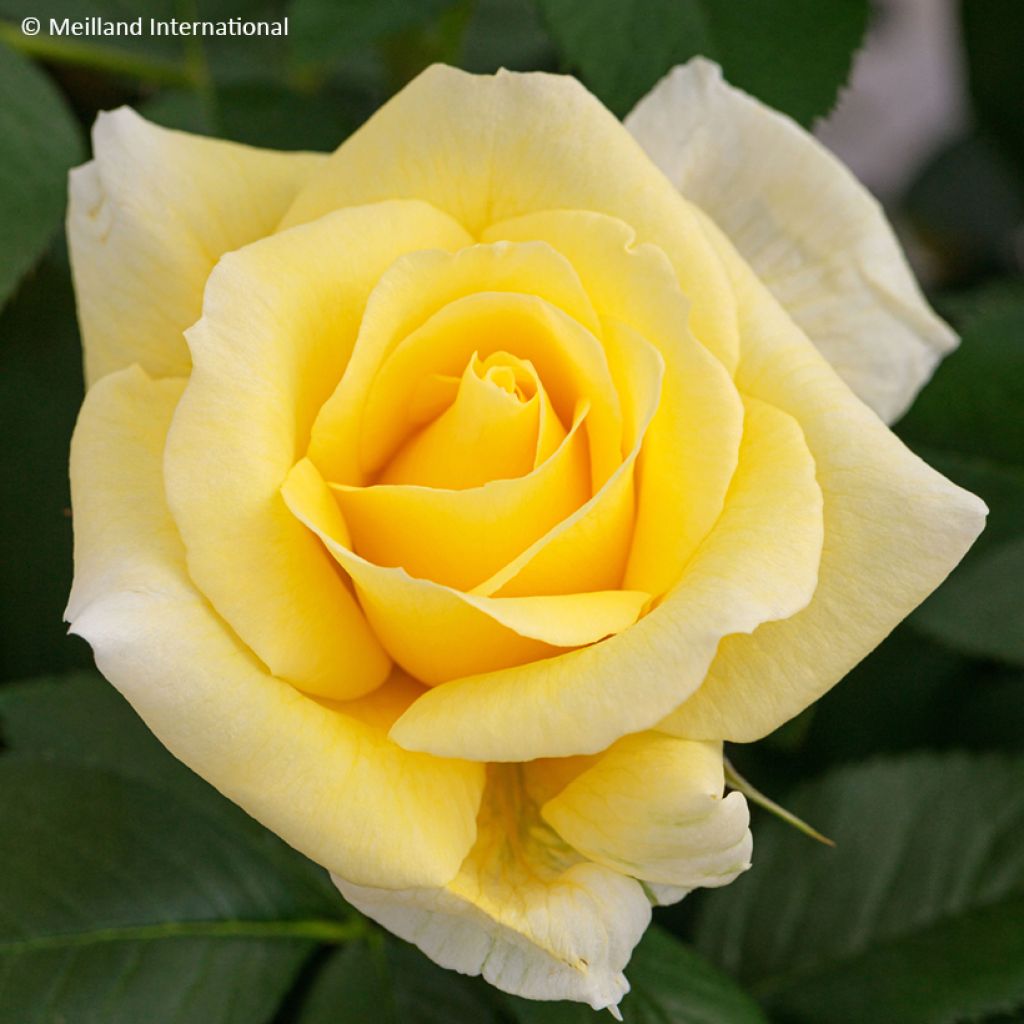

Rosa 'Meilaocil' RUSTICA® III - Rosier Rustica III, Rosier Rustica amélioré
Rosa 'Meilaocil' RUSTICA® III - Rosier Rustica III, Rosier Rustica amélioré
Rosa 'Meilaocil' RUSTICA® III
Rosier Rustica III, Rosier Rustica amélioré
Special offer!
Receive a €20 voucher for any order over €90 (excluding delivery costs, credit notes, and plastic-free options)!
1- Add your favorite plants to your cart.
2- Once you have reached €90, confirm your order (you can even choose the delivery date!).
3- As soon as your order is shipped, you will receive an email containing your voucher code, valid for 3 months (90 days).
Your voucher is unique and can only be used once, for any order with a minimum value of €20, excluding delivery costs.
Can be combined with other current offers, non-divisible and non-refundable.
Home or relay delivery (depending on size and destination)
Schedule delivery date,
and select date in basket
This plant carries a 24 months recovery warranty
More information
We guarantee the quality of our plants for a full growing cycle, and will replace at our expense any plant that fails to recover under normal climatic and planting conditions.

Does this plant fit my garden?
Set up your Plantfit profile →
Description
The Rustica® III rose is a robust, abundant, truly radiant bush. Its dazzling flowering which extends from May-June to the first frosts bursts into pale yellow clusters that do not fade in the sun. Disease-resistant and low-maintenance, it is equally suited to flowerbeds and large borders as it is to decorating patios and balconies. Both refined and natural, it can dress up a small urban garden and blend into the gentle spontaneity of a more rural landscape.
The Rustica® III ‘Meilaocil’ rose is a creation by Meilland introduced to the horticultural market in 2023. This bush rose belongs to the large landscape rose family, a horticultural group prized for its robustness, prolonged flowering, and easy maintenance. Designed to offer lasting beauty with minimal upkeep, these roses are perfect for modern gardens where beauty must go hand in hand with simplicity.
With an upright, bushy habit, this Rustica III rose develops a harmonious, both vigorous and well-branched silhouette. Its sturdy stems support generous floral clusters. At maturity, it reaches 70 to 80 cm in height and a spread of 50-60 cm. Its flowers adopt a classic form, initially turbinate, then more open and undulate at full bloom. Formed of around 35 petals, they reveal a centre of golden stamens. Their diameter is approximately 9 cm, and their pale yellow colour remains remarkably stable over time, fading only slightly before wilting. Though unscented, these roses compensate for the lack of fragrance with their brilliance. The flowering is both early and prolonged with blooms recurring in successive waves from May-June until the first frosts. The bright, satin green foliage serves as a backdrop to this abundant flowering. It is a deciduous foliage that disappears in winter only to return the following spring. With excellent disease resistance, it retains its appeal throughout the season. Its sturdy stems are thorny, as is the case with most bush roses.
The history of the Rustica® III ‘Meilaocil’ rose is closely tied to that of the Rustica magazine, a leading reference among the gardening world since 1928. Since 1979, Meilland has celebrated this institution by dedicating a yellow rose to it, a symbol of light and vitality. This third generation of 'Rustica' was named in June 2023 at Bagatelle.
This sunny rose will fit equally well into structured flowerbeds or more free and natural arrangements. It will bring much delight, flooding a pathway border or low hedge with light. In a large pot, it will brighten patios and balconies. You could pair it for example with golden daylilies ('Stella de Oro', 'Double River Wye'), white 'Snowbird' and Erigeron karvinskianus gauras. For an elegant contrast, pair it with Russian sage or catmints.
Plant habit
Flowering
Foliage
Botanical data
Rosa
'Meilaocil' RUSTICA® III
Rosaceae
Rosier Rustica III, Rosier Rustica amélioré
Rosa Rustica III
Cultivar or hybrid
Other Polyantha clustered Roses
View all →Planting and care
To plant your Rustica III rose, prepare the soil by digging a 30cm cube, breaking up the earth well and adding a base fertiliser such as dried blood or dehydrated horn at the bottom of the planting hole. Position your plant after removing it from its pot, covering the top of the root ball with 3cm of soil. Backfill and water thoroughly to eliminate any air pockets. During dry weather, water regularly for a few weeks to encourage root establishment. Also consider feeding your rose with a special rose fertiliser to stimulate flowering.
Roses often develop spots or look unsightly by late summer, but this does not affect their growth. These spots are not harmful to the plant; it's a natural phenomenon. Follow all our advice to remedy this and read our article: Help: My roses have spots
Planting period
Intended location
Care
Planting & care advice
This item has not been reviewed yet - be the first to leave a review about it.
Haven't found what you were looking for?
Hardiness is the lowest winter temperature a plant can endure without suffering serious damage or even dying. However, hardiness is affected by location (a sheltered area, such as a patio), protection (winter cover) and soil type (hardiness is improved by well-drained soil).

Photo Sharing Terms & Conditions
In order to encourage gardeners to interact and share their experiences, Promesse de fleurs offers various media enabling content to be uploaded onto its Site - in particular via the ‘Photo sharing’ module.
The User agrees to refrain from:
- Posting any content that is illegal, prejudicial, insulting, racist, inciteful to hatred, revisionist, contrary to public decency, that infringes on privacy or on the privacy rights of third parties, in particular the publicity rights of persons and goods, intellectual property rights, or the right to privacy.
- Submitting content on behalf of a third party;
- Impersonate the identity of a third party and/or publish any personal information about a third party;
In general, the User undertakes to refrain from any unethical behaviour.
All Content (in particular text, comments, files, images, photos, videos, creative works, etc.), which may be subject to property or intellectual property rights, image or other private rights, shall remain the property of the User, subject to the limited rights granted by the terms of the licence granted by Promesse de fleurs as stated below. Users are at liberty to publish or not to publish such Content on the Site, notably via the ‘Photo Sharing’ facility, and accept that this Content shall be made public and freely accessible, notably on the Internet.
Users further acknowledge, undertake to have ,and guarantee that they hold all necessary rights and permissions to publish such material on the Site, in particular with regard to the legislation in force pertaining to any privacy, property, intellectual property, image, or contractual rights, or rights of any other nature. By publishing such Content on the Site, Users acknowledge accepting full liability as publishers of the Content within the meaning of the law, and grant Promesse de fleurs, free of charge, an inclusive, worldwide licence for the said Content for the entire duration of its publication, including all reproduction, representation, up/downloading, displaying, performing, transmission, and storage rights.
Users also grant permission for their name to be linked to the Content and accept that this link may not always be made available.
By engaging in posting material, Users consent to their Content becoming automatically accessible on the Internet, in particular on other sites and/or blogs and/or web pages of the Promesse de fleurs site, including in particular social pages and the Promesse de fleurs catalogue.
Users may secure the removal of entrusted content free of charge by issuing a simple request via our contact form.
The flowering period indicated on our website applies to countries and regions located in USDA zone 8 (France, the United Kingdom, Ireland, the Netherlands, etc.)
It will vary according to where you live:
- In zones 9 to 10 (Italy, Spain, Greece, etc.), flowering will occur about 2 to 4 weeks earlier.
- In zones 6 to 7 (Germany, Poland, Slovenia, and lower mountainous regions), flowering will be delayed by 2 to 3 weeks.
- In zone 5 (Central Europe, Scandinavia), blooming will be delayed by 3 to 5 weeks.
In temperate climates, pruning of spring-flowering shrubs (forsythia, spireas, etc.) should be done just after flowering.
Pruning of summer-flowering shrubs (Indian Lilac, Perovskia, etc.) can be done in winter or spring.
In cold regions as well as with frost-sensitive plants, avoid pruning too early when severe frosts may still occur.
The planting period indicated on our website applies to countries and regions located in USDA zone 8 (France, United Kingdom, Ireland, Netherlands).
It will vary according to where you live:
- In Mediterranean zones (Marseille, Madrid, Milan, etc.), autumn and winter are the best planting periods.
- In continental zones (Strasbourg, Munich, Vienna, etc.), delay planting by 2 to 3 weeks in spring and bring it forward by 2 to 4 weeks in autumn.
- In mountainous regions (the Alps, Pyrenees, Carpathians, etc.), it is best to plant in late spring (May-June) or late summer (August-September).
The harvesting period indicated on our website applies to countries and regions in USDA zone 8 (France, England, Ireland, the Netherlands).
In colder areas (Scandinavia, Poland, Austria...) fruit and vegetable harvests are likely to be delayed by 3-4 weeks.
In warmer areas (Italy, Spain, Greece, etc.), harvesting will probably take place earlier, depending on weather conditions.
The sowing periods indicated on our website apply to countries and regions within USDA Zone 8 (France, UK, Ireland, Netherlands).
In colder areas (Scandinavia, Poland, Austria...), delay any outdoor sowing by 3-4 weeks, or sow under glass.
In warmer climes (Italy, Spain, Greece, etc.), bring outdoor sowing forward by a few weeks.






























